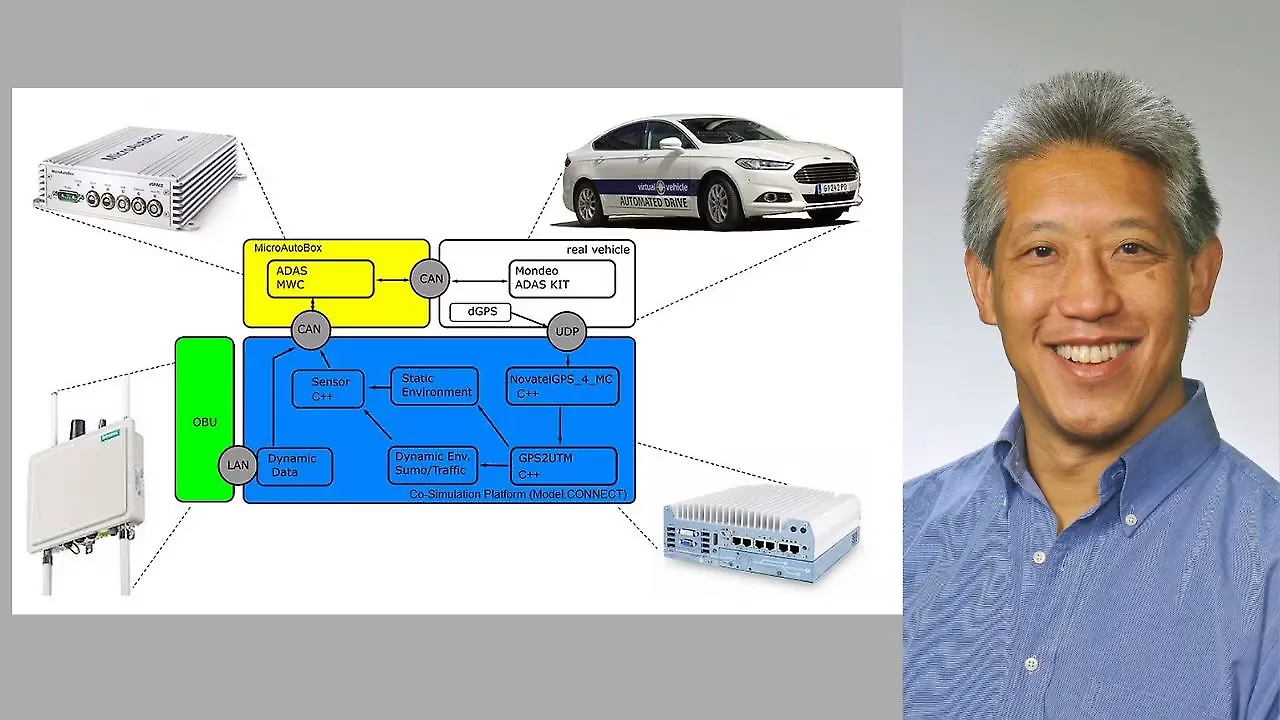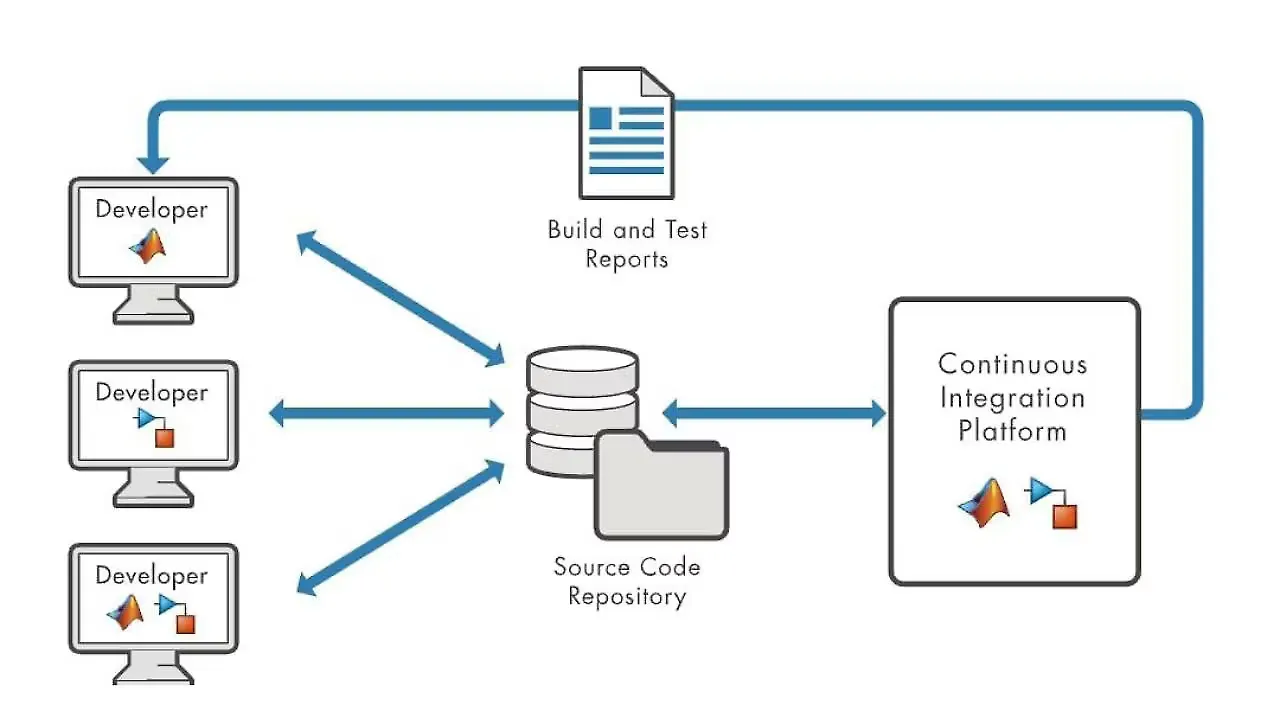
The automotive industry is undergoing a transformation, with vehicles increasingly relying on the seamless integration of mechanical, electronic, and software components. However, this shift also highlights significant challenges in bridging the gap between system engineering and software engineering, particularly in the context of Software-Defined Vehicles (SDVs).
The interplay between these disciplines presents several key issues, including differing methodologies, increasing complexity in vehicle architectures, evolving requirements, and integration challenges. Despite these obstacles, solutions such as Model-Based Systems Engineering, integrated development environments, cross-functional collaboration, and continuous integration are paving the way forward.
Understanding The Gap: Challenges & Opportunities
The divergence between system and software engineering lies at the heart of the problem. System engineering traditionally focuses on creating optimal designs and robust architectures, while software engineering emphasises rapid iteration and deployment. This philosophical mismatch is compounded by technical challenges such as the integration of toolchains, scaling collaborative teams, and ensuring safety and compliance standards. Additionally, time-to-market pressures demand faster development cycles, often leading to friction between these disciplines.
MathWorks’ Approach To Bridging The Divide
Jim Tung, MathWorks Fellow, sheds light on how the company is addressing these challenges. According to him, aligning the philosophies, toolchains, and cultures of system and software engineering is crucial. “By using model-based design and system virtualisation alongside continuous integration and code-based approaches, we can combine the rigour of system engineering with the speed of software development,” he explains.

Toolchain alignment is another cornerstone of MathWorks’ approach. The company ensures seamless collaboration between system engineering simulations and software development tools, including GitHub and continuous integration systems. Additionally, MathWorks leverages its reputation as a trusted partner in the automotive industry to help teams evolve their processes while preserving their unique cultures. “Our goal is to enable software and system engineers to collaborate effectively while maintaining the integrity of their respective methods,” Tung adds.
Role Of Low-Code & No-Code Platforms
Low-code and no-code platforms are emerging as powerful tools to simplify software development, particularly for non-programmers. MathWorks has integrated these capabilities into its MATLAB platform through features such as 'apps' that allow engineers to design functions interactively without writing extensive code. The platform automatically generates code for these functions, making it easier for system engineers to contribute to software development.
Another example is Simulink, which abstracts control and decision software, enabling system engineers to describe desired functionalities without manually coding them. Production code can then be automatically generated from Simulink models, ensuring reliability and validation for automotive-grade software. “These tools not only lower the entry barrier for system engineers but also maintain the high standards required for automotive applications,” Tung notes.
Modularity, Middleware Support
The shift towards modular software in the automotive industry presents both opportunities and challenges. MathWorks has long supported modular approaches through its Simulink platform, which encourages breaking down complex problems into reusable components. This aligns with industry standards such as AUTOSAR, allowing for the development of application software that integrates seamlessly with diverse middleware solutions.
Middleware plays a critical role in connecting application software with a vehicle’s functions. MathWorks’ tools are designed to adapt to a variety of middleware options, including custom solutions developed by customers like Zeekr in China. “The flexibility of our tools in supporting different middleware is a major strength,” Tung explains.

India’s Growing Role In MathWorks’ Ecosystem
India plays a pivotal role in MathWorks’ global operations. The company’s India centre not only supports local customers with training and services but also collaborates with teams across geographies to provide consistent support for multinational customers. “Our development teams in India contribute significantly to MathWorks software product development, working closely with teams in the US and Europe,” Tung highlights. As MathWorks continues to expand its footprint, the India centre is expected to play an increasingly critical role in customer support and global development efforts.
Road Ahead
As the automotive industry embraces Software-Defined Vehicles, bridging the gap between system and software engineering becomes imperative. MathWorks is leading this effort by offering tools and processes that foster collaboration, ensure reliability, and maintain industry standards. With a focus on innovation and global collaboration, the company is helping automotive OEMs and suppliers navigate the complexities of this transformation and shape the future of mobility.
Also Read:
MathWorks Paves The Way For Scalable, Automated SDV Development